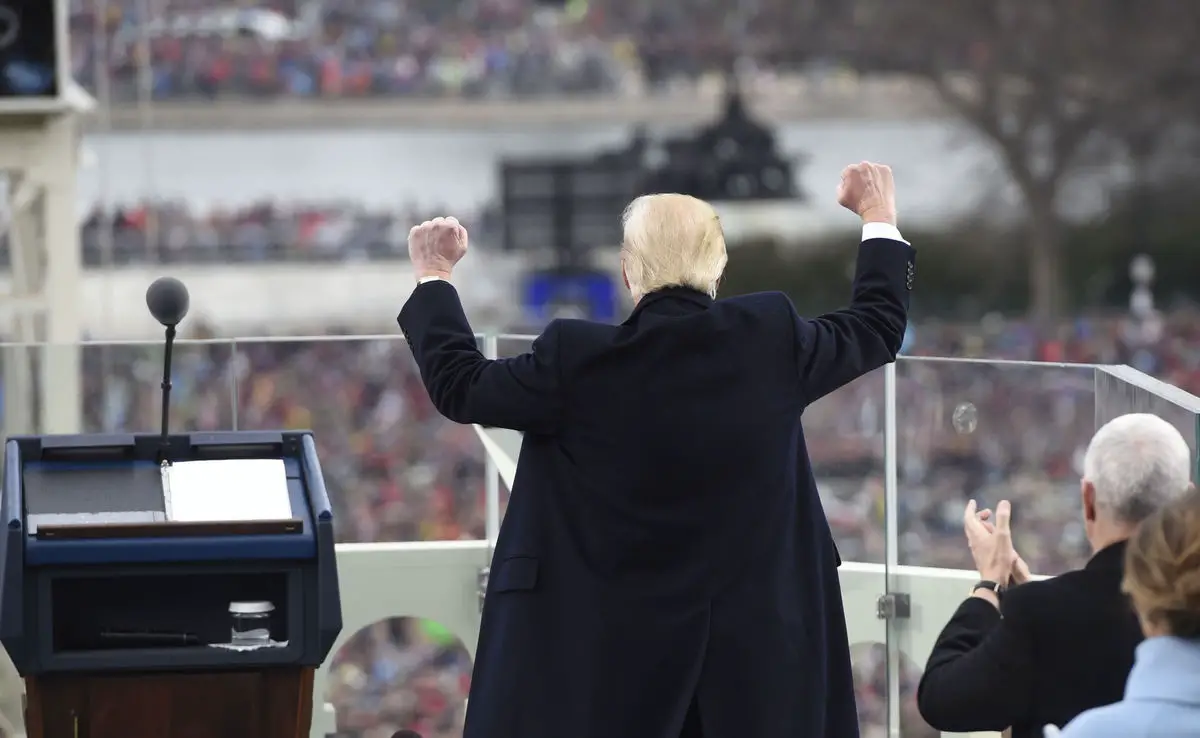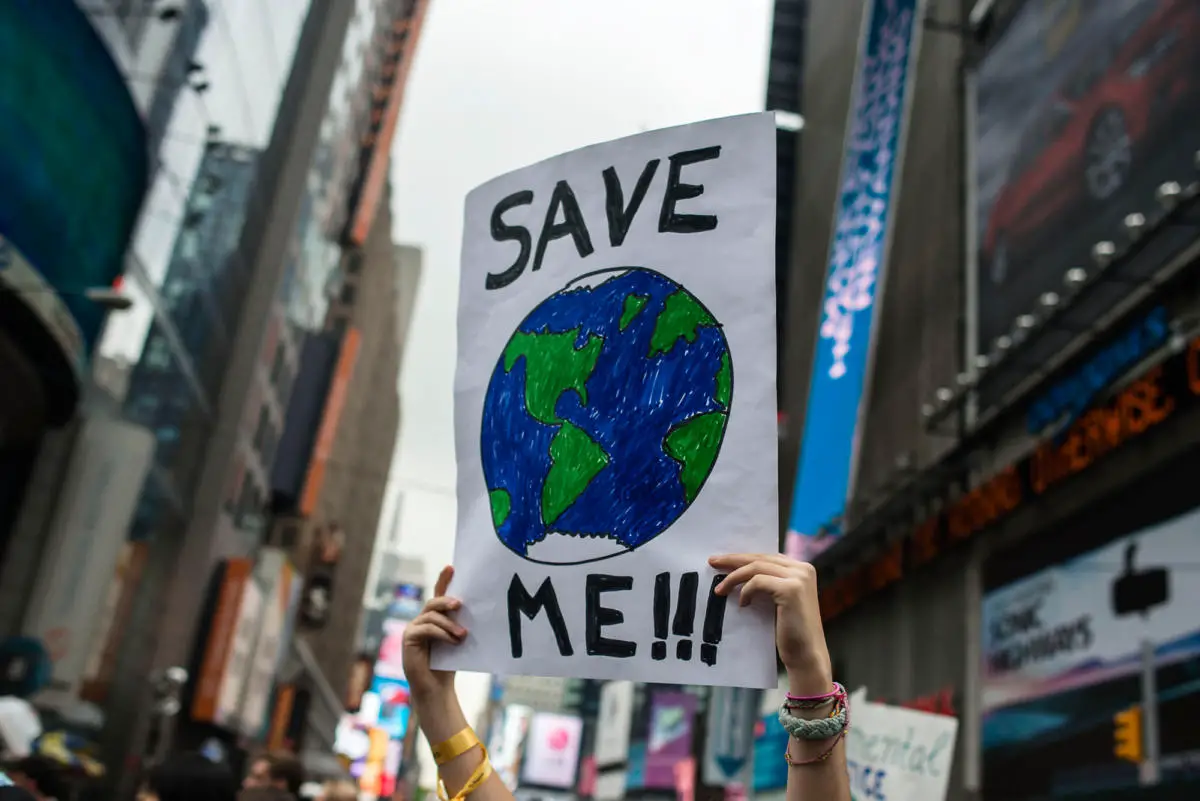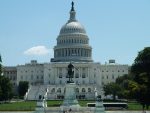Donald Trump’s crusade against truth, most presciently documented in a recent “TIME” article, is more than just a collateral insult to science; it directly assaults the raison d’etre of science as humanity’s ancient and purest pursuit towards truth.
And, given Trump’s nescient record on science, Energy Secretary Rick Perry’s long-held reputation as a climate change denier, and Health Secretary Tom Price’s penchant for money and history of shortchanging patient interests for discounted pharma stocks, it comes as no surprise that together they birthed, and proposed, starkly anti-science agendas for the next fiscal year.
Trump’s 2018 budget plan, which was released in March 2017, proposes to gut funding for 62 federal agencies, including the Department of Energy (DoE), whose discretionary budget could drop by 5.6 percent, or $1.7 billion, and the Department of Health and Human Services (HHS), whose budget could drop by 17.9 percent, or $15.1 billion.

The plan, if Congress votes in October to unamend the proposed allowance for the department, will slash—or “save” as the plan says—$900 million in funding for the DoE’s Office of Science, which, according to its website, is the “lead federal agency supporting fundamental scientific research for energy and the Nation’s largest supporter of basic research in the physical sciences.” The Office is responsible for 10 of the 17 national laboratories, including the one at Berkeley, and supports research at 500 U.S. universities in all 50 states and the District of Columbia.
While the Office of Science could see only a cut, though deep, in their budget, the plan doesn’t bode well for the future existence of other programs within the DoE. It proposes to eliminate altogether energy research agencies and programs like the Advanced Research Projects Agency-Energy, the Title 17 Innovative Technology Loan Guarantee Program, and the Advanced Technology Vehicle Manufacturing Program. The plan’s reason for the obliteration is that “the private sector is better positioned to finance disruptive energy research and development and to commercialize innovative technologies.”
At first glance, such reasoning sounds acceptable. But, in the extremely competitive marketplace, high-risk technologies, especially the disruptive kinds that are in their early stages, could find very little financial support among private investors. With high risk comes many fears and anxieties, and such private investments would simply be gambles in the rapidly changing technology business.
To combat such fears, governmental programs like the Advanced Research Projects Agency-Energy (ARPA-E), one of the agencies in line for slaughter, were created to support the research and development of high-risk technologies that have huge potential impact. In fact, the main goal of ARPA-E, according to its last budget request, is “to fund high-potential, high-impact energy projects that are too early for private sector investment but could significantly advance the ways we generate, store, distribute and use energy.” And the ARPA-E works; between 2009 and 2015, ARPA-E projects attracted over $850 million in private investments. Regardless, Trump’s plan proposes to eliminate ARPA-E entirely.
Though the DoE cuts mostly concern physical scientists, the plan recites a similar, and perhaps harsher, story for biological researchers. It proposes to cut $5.8 billion in funding for the National Institutes of Health (NIH), which is part of the HHS and the primary intra-departmental sponsor for basic research in the biological sciences. Currently, the NIH funds as many as 10,000 proposals each year, with the majority spent toward ongoing research. For literally thousands of scientists, NIH serves as a lifeblood for their research to continue.
And considering that the NIH has already lost 22 percent in funding capacity within the past decade, Trump’s plan will only dampen what little hope many scientists may have in keeping open their laboratories, and thus further stall what hopes science may have in future biological discoveries. And what are the reasons for the deep cuts? To accommodate “structural changes across NIH” and “rebalance Federal contributions to research funding,” both of which have raised doubts to their promised efficiencies and still don’t suffice as good enough reasons to deprive thousands of scientists of essential funding.
If scientists continue to have less money, how will they afford to adopt more students into their labs?
As Benjamin Corb, the public affairs director of the American Society for Biochemistry and Molecular Biology, nicely sums up in his statement: “A $6 billion cut to [NIH] is unacceptable to the scientific community, and should be unacceptable to the American public as well. President Donald Trump’s fiscal year 2018 spending plan erases years’ worth of bipartisan support for the NIH, and the American biomedical research enterprise, which has long been the global leader for biomedical innovation. Cuts this deep threaten America’s ability to remain a leader. It is of grave concern to the research community that President Trump’s budget proposal—which would fund the agency at a 15-year low—values investments in defense above all other federal expenditures.”
By “investments in defense,” Corb is referring to the plan’s proposal to spike up funding for the Department of Defense (DoD) by $52 billion, or 10 percent. The reallocation of money from the budgets for essential scientific research to the already-Herculean bank of the DoD reflects the Trump administration’s philosophy that “innovation” more aptly applies to finding ways to block out Mexicans than to developing novel treatments for diseases.
Not discounting the cuts in NASA and the EPA (respectively, roughly $100 million or 0.8 percent, and $2.6 billion or 31 percent), Trump’s plan for the next fiscal year no doubt spells doom for many scientists, and thus for many aspiring scientists. If Congress approves in October of the tragic cuts that the plan unabashedly proposes, then students will have a much harder time finding research opportunities in their universities.
If scientists continue to have less money, how will they afford to adopt more students into their labs? Even if students volunteer to work without pay, they will be using up lab resources, like supplies and teaching time, which could prove too costly in times of dwindling funds.
For those of my readers who adamantly believe that science should harbor safely on American soil, I implore you to join the March for Science that will take place worldwide on April 22, 2017. Perhaps only then can Trump truly begin to realize the extent of America’s passion for scientific achievement, and the importance of the federal government’s role in continuing to secure America’s place as a global leader in science.


















[…] Source: Donald Trump’s War on Science […]